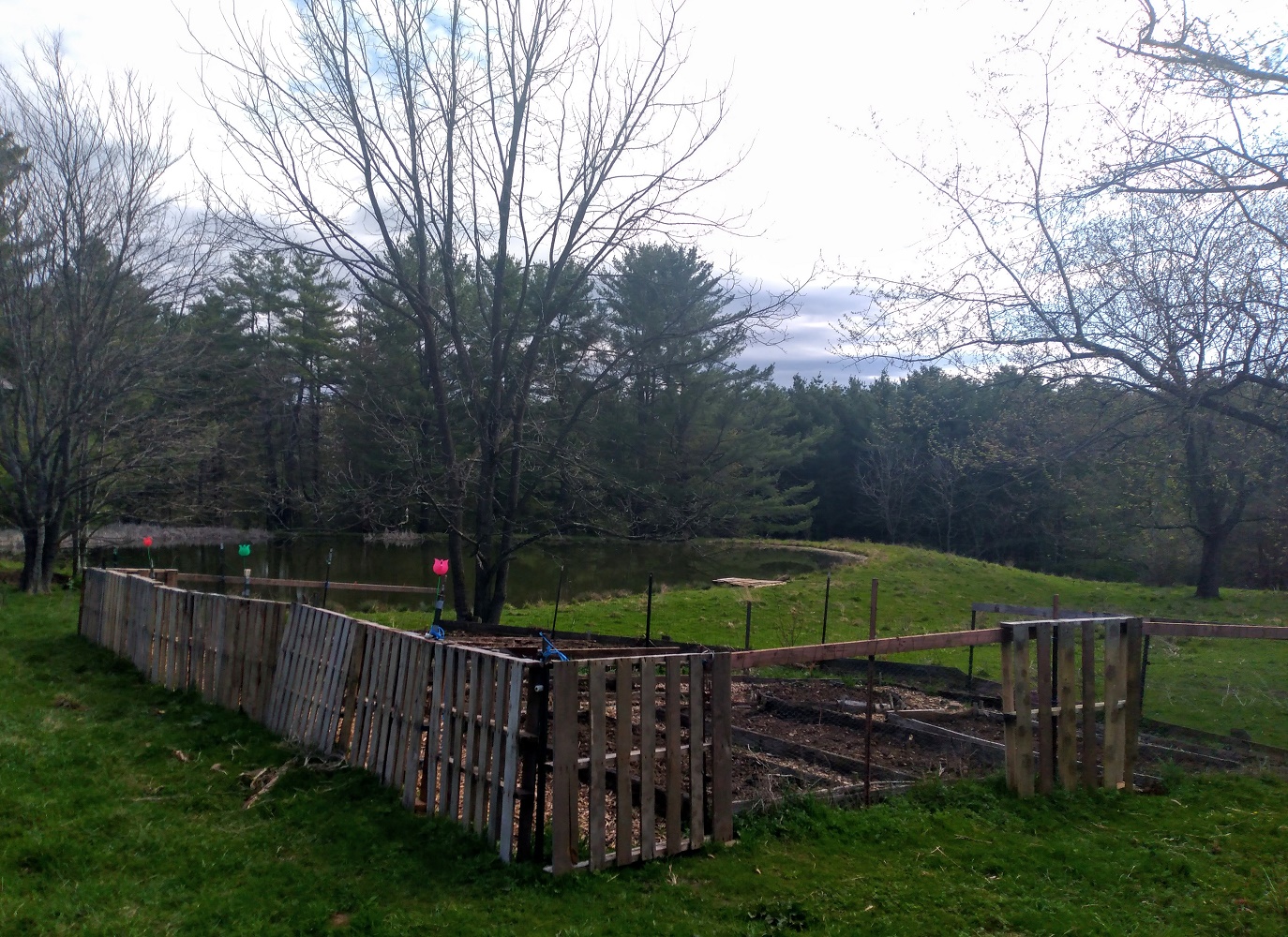Your cart is currently empty!
 So here we are in Winnsboro, South Carolina, neck deep in the farm restart.
So here we are in Winnsboro, South Carolina, neck deep in the farm restart.
This time around is a radically different farm model.
We have moved to a VERY different climate in the deep south, after 50+ years of living in the northeast. The plants are different, the growing season different, the soil is different.
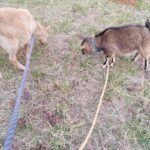
This is also our first time with a truly distributed farm model. In the past we did have horses split between
two nearby farms for a brief period, but that was the extent of spreading the work over multiple properties. Version 6.0 has the rabbits, livestock dogs, gardens (and pets) at the farm office (also our home and undergoing a complete renovation) while the goats and horses occupy a nearby farm. The farm has buildings but no fences, and the home office has fences but no farm buildings or established gardens. What an interesting new challenge!

I’m going to give a shout out to a software program. If it weren’t for Blue, I don’t know that I could juggle all these projects. I’m not getting any compensation, I just love the software that much.
So here’s what is going on right now:
Gardens are in various stages of being dug, edged, fertilized and planted. We are again creating a biointensive permaculture system, but blending it in with general
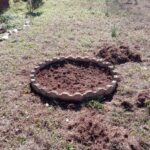
landscaping. Plants are doing double duty at this property, looking nice AND feeding the family. This season the focus is on producing our favorite heirloom
varieties for personal use. Any crop that we can buy relatively inexpensively in bulk at the grocery we skipped – onions, carrots, potatoes, garlic, winter squashes. That means tomatoes, lots of greens like kale and chard and lettuces, and some basic herbs, all heirloom varieties for the unique flavors and colors. I put in a pollinator garden with a water fountain the first season we were here, and fluffed it up this spring. It still needs a low water dish for the insects.
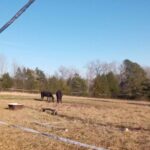
Additionally we are planning out where key perennial food crops like hazlenuts and artichoke will go.
The bunnies are not currently part of Bunnyville, so they moved to headquarters (such a fancy name for a modest beginning LOL) and are happily eating greens from our yard and producing wonderful fertilizer for the new gardens.
We put poultry projects on hold, until we see if and how they might fit in with the new farm model.
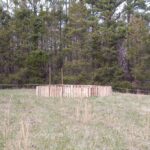 Over at the 250 acre farm, everything happened and is happening in stages. The first step was basic shelter and containment, so wire mesh fencing beefed up with electric to hold goats and horses both. Stalls were cleaned out, repaired and set up. Once everyone had shelter and fencing that worked with or without power, then the bigger fencing projects and reopening the money-earning tours could start. Horses looked like the quickest win, so a tour pen and then riding area came first, followed by the first of the rotation grazing areas and the runway, in a layout that meshes with the current land uses. As I add each rotation, I’m also extending the perimeter to capture more land and eventually should have about 15 acres fenced for rotation and runways. I’m reusing a lot of the fence equipment that traveled with us, and taking the best of what worked before. T-posts and tape fencing for the perimeters, narrow tape and step ins for the rotations, and a very powerful DC energizer to keep the deer off the fences and the horses in.
Over at the 250 acre farm, everything happened and is happening in stages. The first step was basic shelter and containment, so wire mesh fencing beefed up with electric to hold goats and horses both. Stalls were cleaned out, repaired and set up. Once everyone had shelter and fencing that worked with or without power, then the bigger fencing projects and reopening the money-earning tours could start. Horses looked like the quickest win, so a tour pen and then riding area came first, followed by the first of the rotation grazing areas and the runway, in a layout that meshes with the current land uses. As I add each rotation, I’m also extending the perimeter to capture more land and eventually should have about 15 acres fenced for rotation and runways. I’m reusing a lot of the fence equipment that traveled with us, and taking the best of what worked before. T-posts and tape fencing for the perimeters, narrow tape and step ins for the rotations, and a very powerful DC energizer to keep the deer off the fences and the horses in.
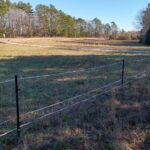
For the goats, it started with the 2 pens and shelters. Next up was getting the tour area built. Concurrently, I’m designing their rotation grazing areas, making decisions on what has the best browse, will hold them, and will be easy to move them to. The goats must come back in at night because of predator pressure from local coyotes, black vultures and hawks.
So, how does this all get done? By setting aside a small block of time each day for each project – typically 1 to 2 hours, breaking the projects down into manageable steps, and keeping track of it all with due dates in the Blue software. Many of the projects must happen concurrently so keep the farm financially on track, so small steps forward rather than big pushes on one project at a time makes the most sense.
So that’s what’s happening these days at Barakah Heritage Farm. We hope you will come see us if you are in the area, and stay tuned for the first goat kids of 2024!
-Carrie and all the fur-kin

